“In the Sun and the Shade” is currently on view at Mendes Wood DM Brussels through April 4. It is the first European solo show of Solange Pessoa and coincides with her Ballroom Marfa exhibition “Longilonge.” The Brazilian artist’s new ceramic works, cement and moss sculptures, and genipap paintings fill the gallery, which also features the video work Lonjuras (2019).
Whitewall asked the artist about her practice and studio in Minas Gerias.
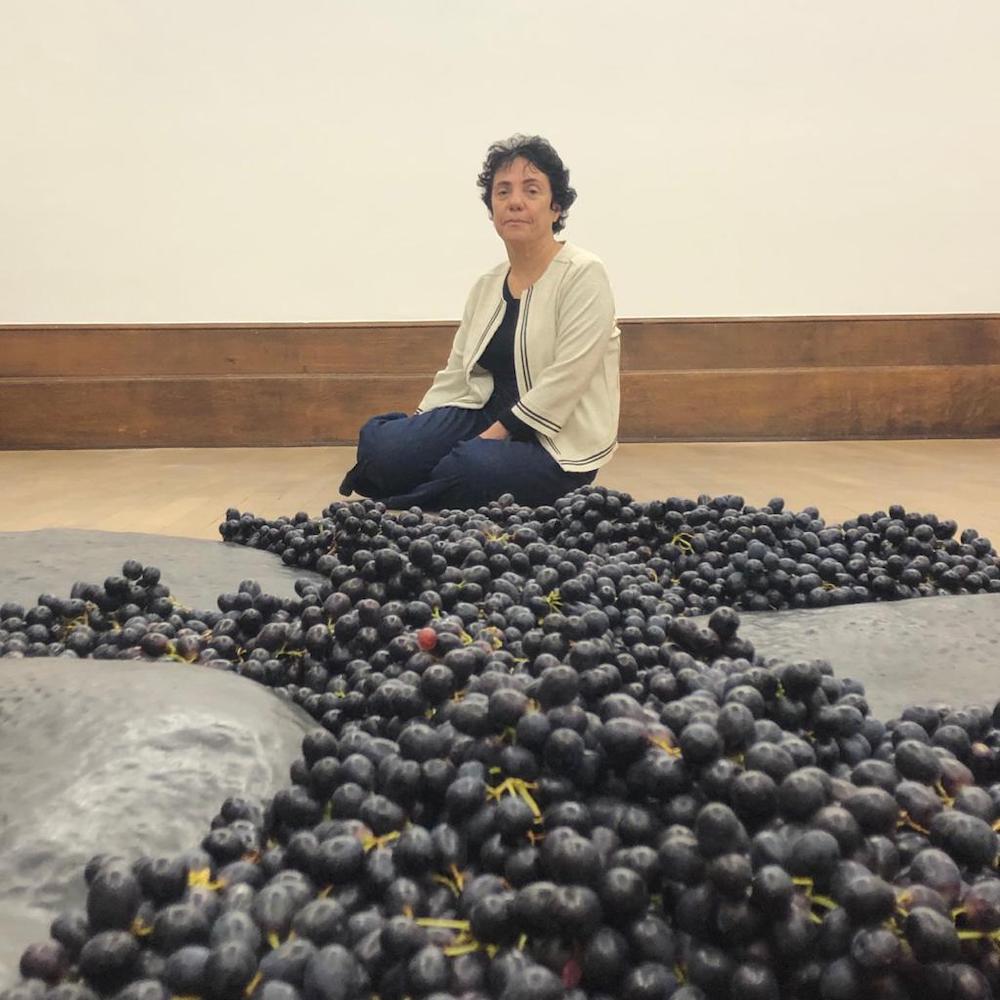
Portrait courtesy of Mendes Wood DM São Paulo, Brussels, New York.
WHITEWALL: Can you describe for us Minas Gerais, where you live and work? How does that inspire your creative practice?
SOLANGE PESSOA: Minas Gerais has two sides. It is good to live outside bigger cities because it is possible to concentrate deeply. On the other hand, you are also away from the big events. Minas Gerais has an immense tradition of plastic arts, since the 18th century, and great artists of the 20th century were born in Minas. However, these artists needed to move so that their work and career could flow. This is a little different today.
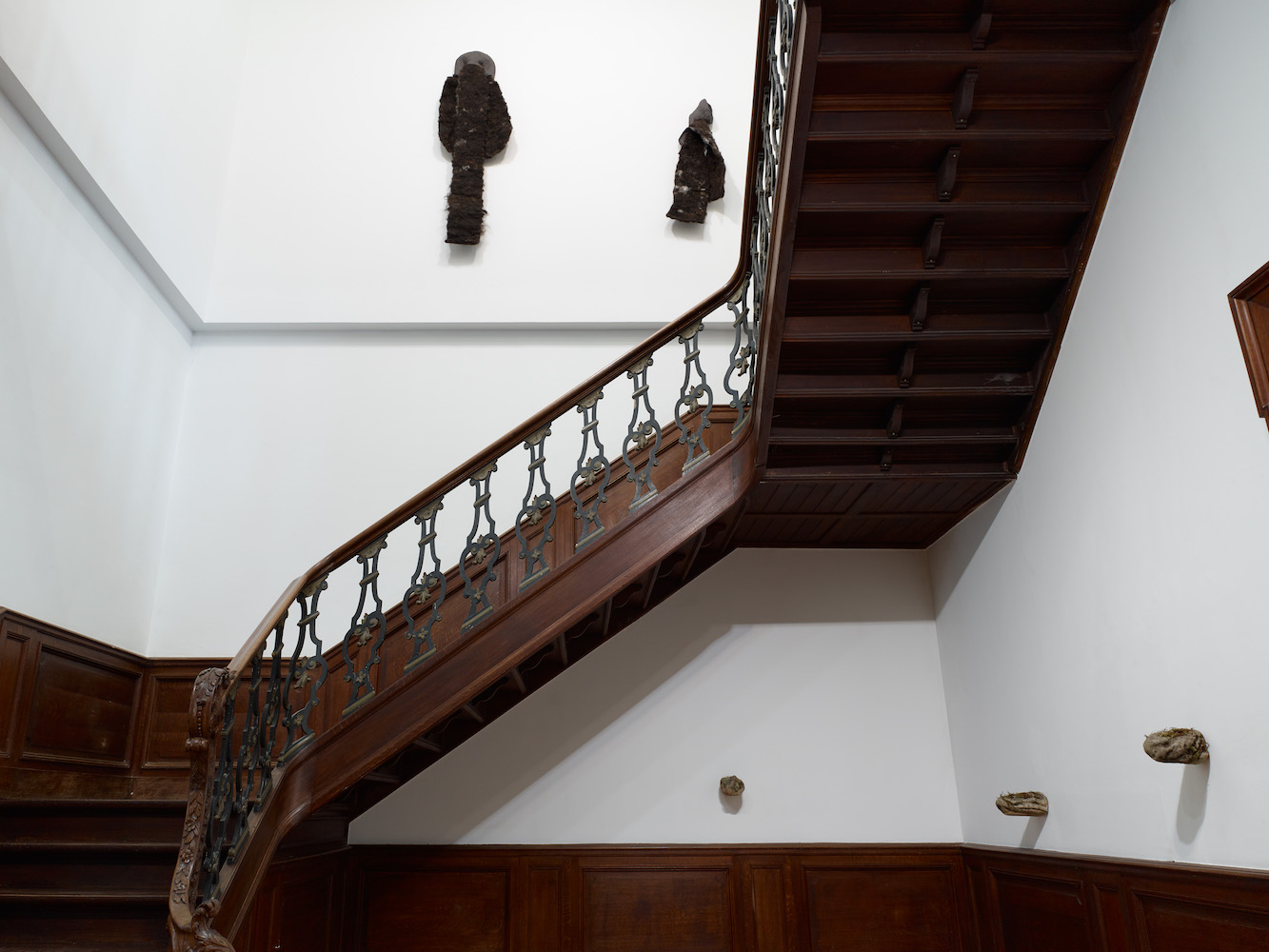
Solange Pessoa’s “In the Sun and the Shade,” 2019, at Mendes Wood DM, Brussels, Belgium. Images courtesy of Mendes Wood DM São Paulo, Brussels, New York. Photo by Kristien Daem.
Minas inspires me for its landscape, archeology, its poets, its artists, for being far from everything and for being a non-place.
WW: What is your studio space like? What is a typical day like for you there?
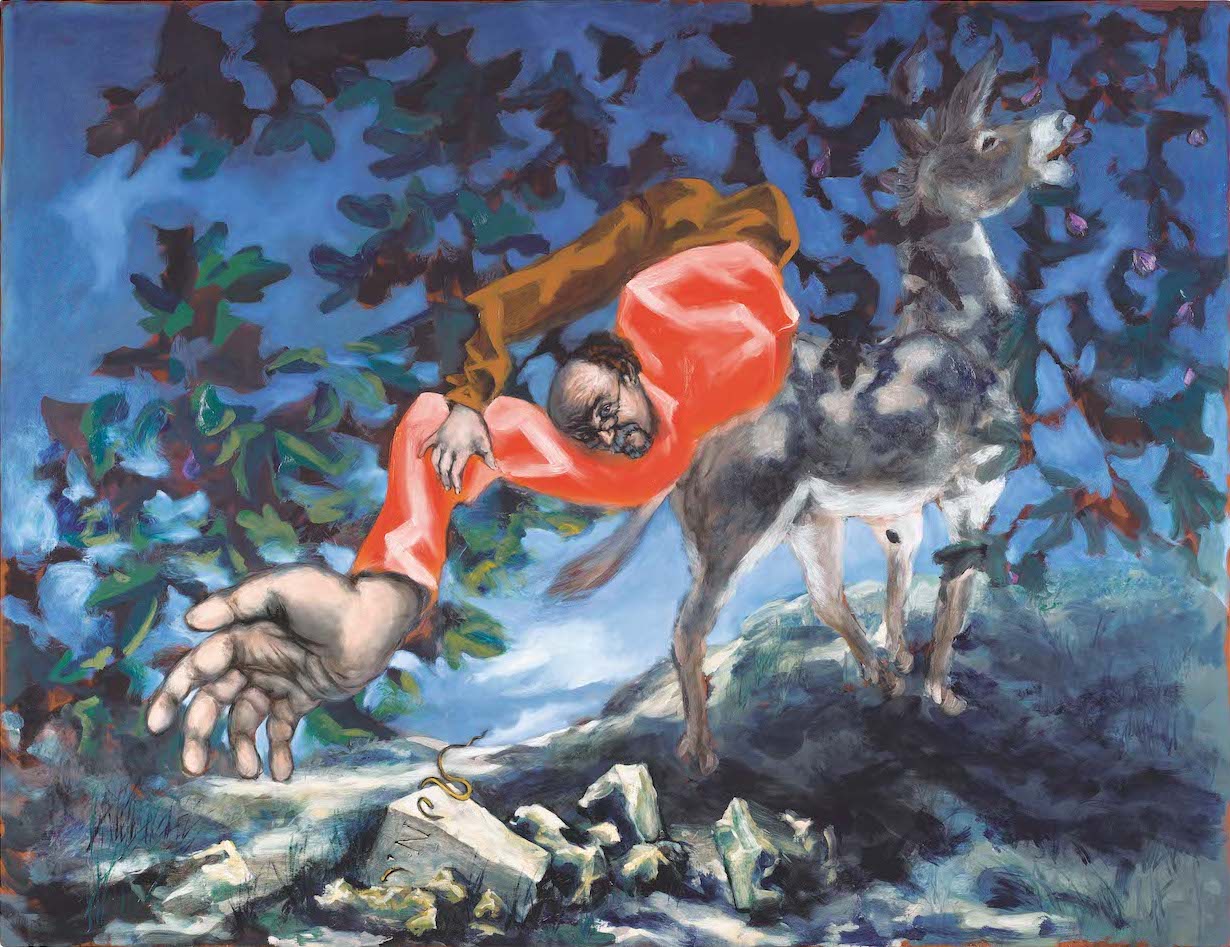
Gérard Garouste, Shamir, 2005, oil on canvas, 200 x 260 cm photo © Bertrand Huet / Tutti, courtesy of Templon, Paris – Bruxelles.
SP: My studio is a house, a modest space. I need a lot of silence to work, more and more each day. I usually do studies first to develop the works and, lately, I have adopted a drawing practice in my daily life. I also like to take care of the plants around my studio that are very important and inspiring to me. Additionally, I edit films and also develop works in other spaces outside my studio, according to the need for production of the works.
WW: What was the starting point for the new series of ceramic works in this show at Mendes Wood?
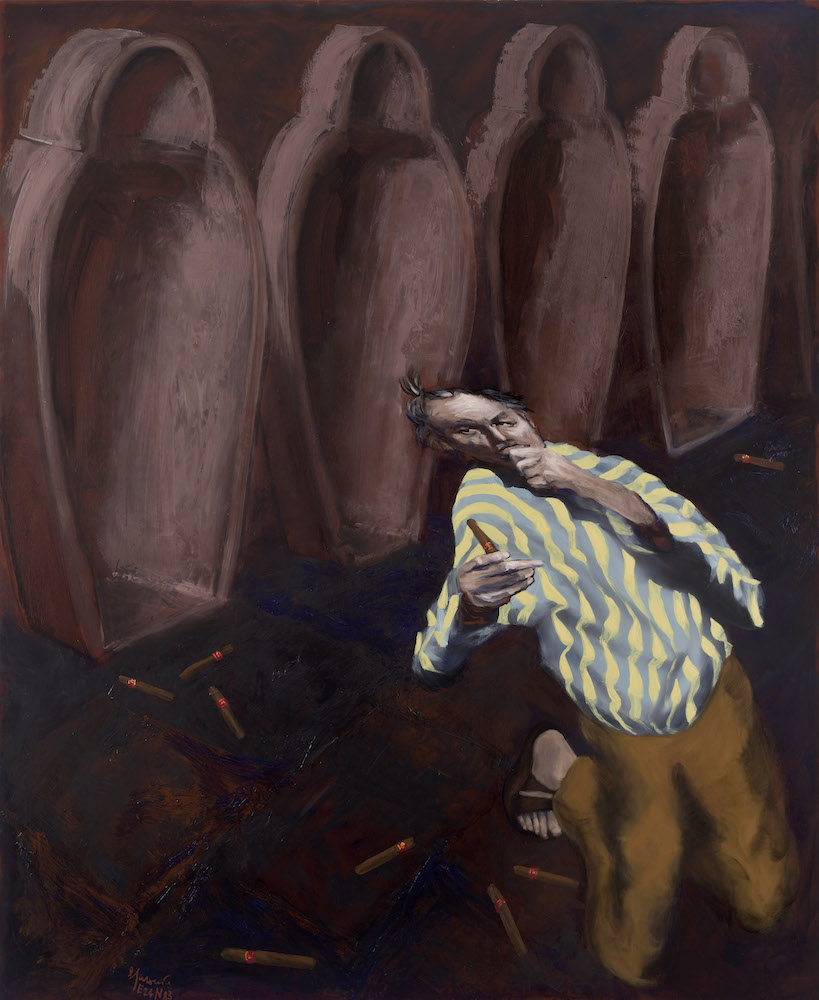
Gérard Garouste, Les cigares du Pharaon, 2013, oil on canvas, 195 x 160 cm, photo by Bertrand Huet / Tutti, © Adagp, Paris, 2020, courtesy of Templon, Paris – Bruxelles.
SP: Ceramics are the result of previous research involving different materials. I worked with terra cotta for many years, even on a large scale. Later on, I worked with other shades of ceramic. These shades came to me. The darker colored ceramics on view at the exhibition come from more recent experiments, as well as the black bronzes [also on view at Mendes Wood DM, Brussels]. I learned to make pottery with a cabocla [daughter of an indigenous person and a caucasian] in the interior of Minas Gerais; it was not in an academic environment. I use the rolinho technique (similar to the coiling technique), an ancient technique of the South American Indians.
WW: On view is a series of genipap paintings. Can you tell us about using paint made from tropical fruit—an ancient tradition? What is it like to work with this material?
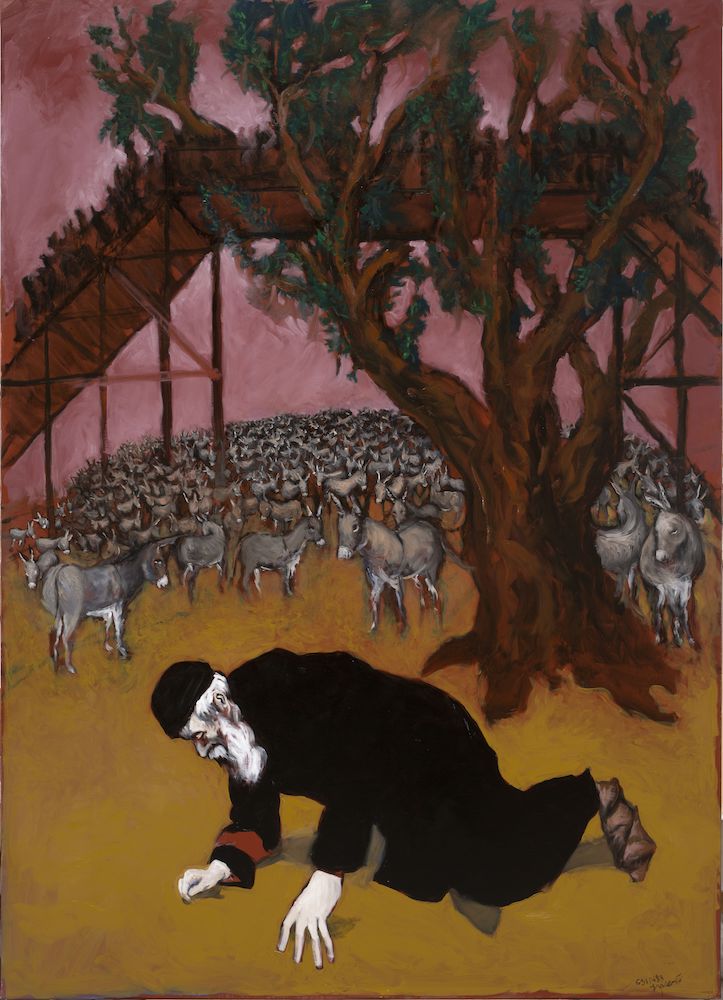
Gérard Garouste, Le pont de Varsovie et les ânesses / Warsaw Bridge and the She-Asses, 2017, acrylic on canvas, 220 x 160 cm, photo ©Bertrand Huet / Tutti, courtesy of Templon, Paris – Brussels.
SP: I learned the technique of how to make the paint with an indigenous woman, who passed on her knowledge. I have been developing these paintings since 2013, which requires constant observation. It is a living and experimental ink. Sometimes I add urucum and flaxseed oil. The paint is almost a resin. The Indigenous use it on the body, on ceramics and also on wooden objects. With that, I feel that my work has a deeper connection with the popular culture of the land.
WW: What inspired the sculptures made from cement and moss?
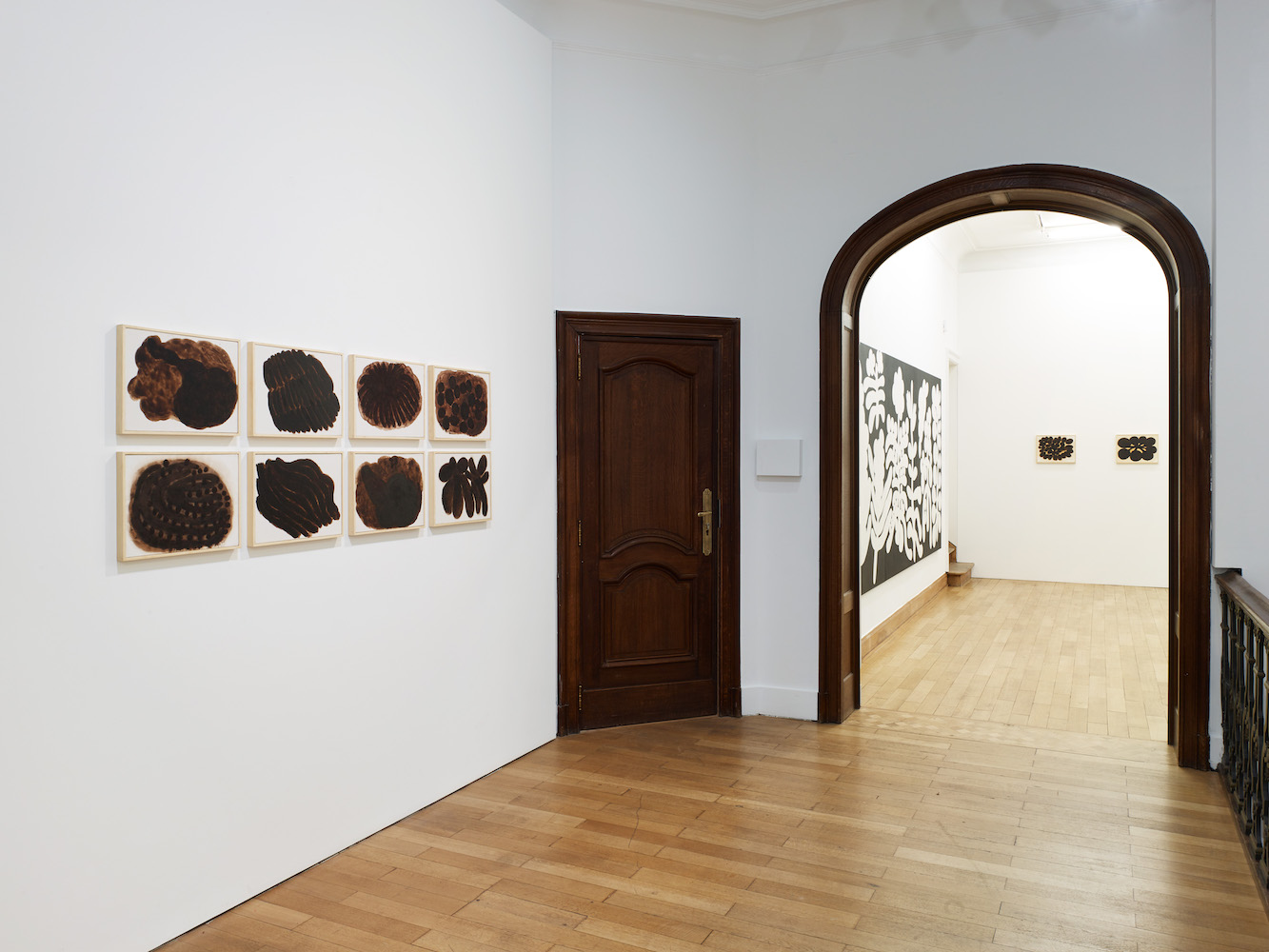
Solange Pessoa’s “In the Sun and the Shade,” 2019, at Mendes Wood DM, Brussels, Belgium. Images courtesy of Mendes Wood DM São Paulo, Brussels, New York. Photo by Kristien Daem.
SP: Primarily, I thought of these small reliefs as studies, because I was always interested in stone and thought about working on further projects with stone. In the end, it turned out that these projects took place in a considerable scale. I realize that they anticipate these lytic feelings. These reliefs are from 1999. Cement adds moss very easily and this interests me a lot. I even have ideas that are on their way where I will place plants embedded in the soapstone grooves. I’m thinking of this project for parks, gardens, and large outdoor areas.
In the exhibition in Brussels, the work is related to the cathedral Notre Dame du Sablon where I see a similarity with the gargoyles that are found on the sides of the cathedrals. These sharp reliefs that come out of cathedrals have always caught my attention.
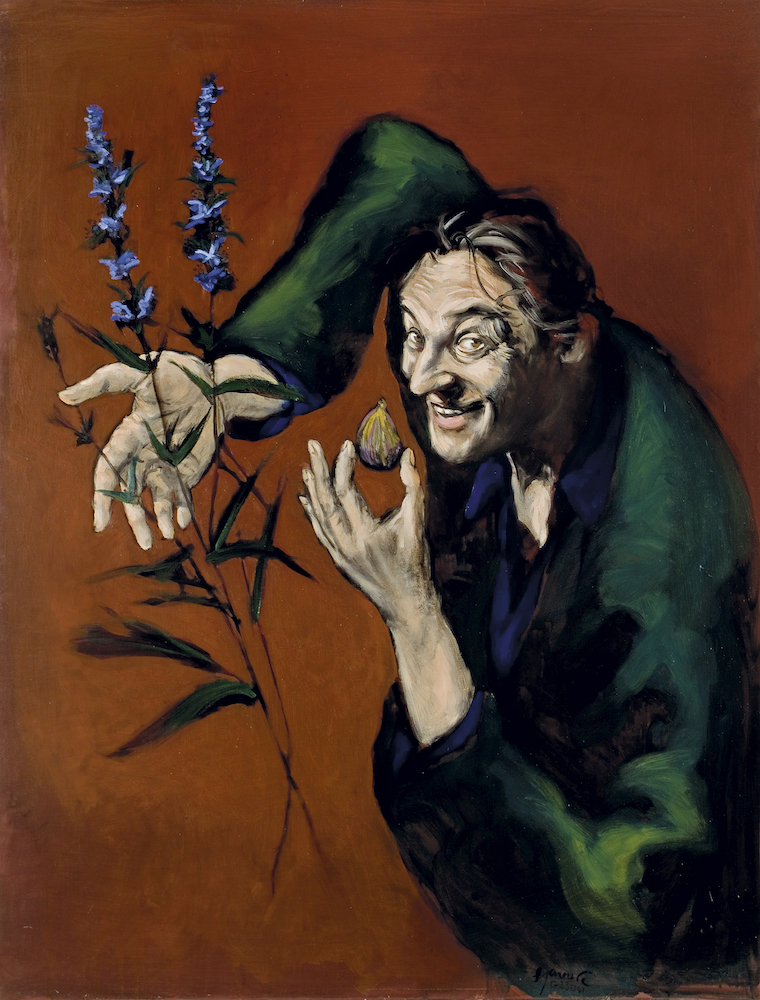
Gérard Garouste, La figue et l’hysope (autoportrait) / The Fig and the Hyssop (self-portrait), 2007, oil on canvas, 130 x 97 cm, Photo © Bertrand Huet / Tutti, courtesy of Templon, Paris – Brussels.
WW: What kind of footage did you collect for the film Lonjuras?
SP: I have been collecting images over time, since 2012, simultaneously with the construction of soapstone sculptures. This is a relationship that always has to do with a lytic condition, of the organic life of the stones. After that, I tied the events and metaphors to build the video narrative. Lonjuras has to do with a time away from ours—a mythical and rocky time. This process of collecting images, returning to them, is like drawing, letting plastic thoughts flow and then trying to tie them up.
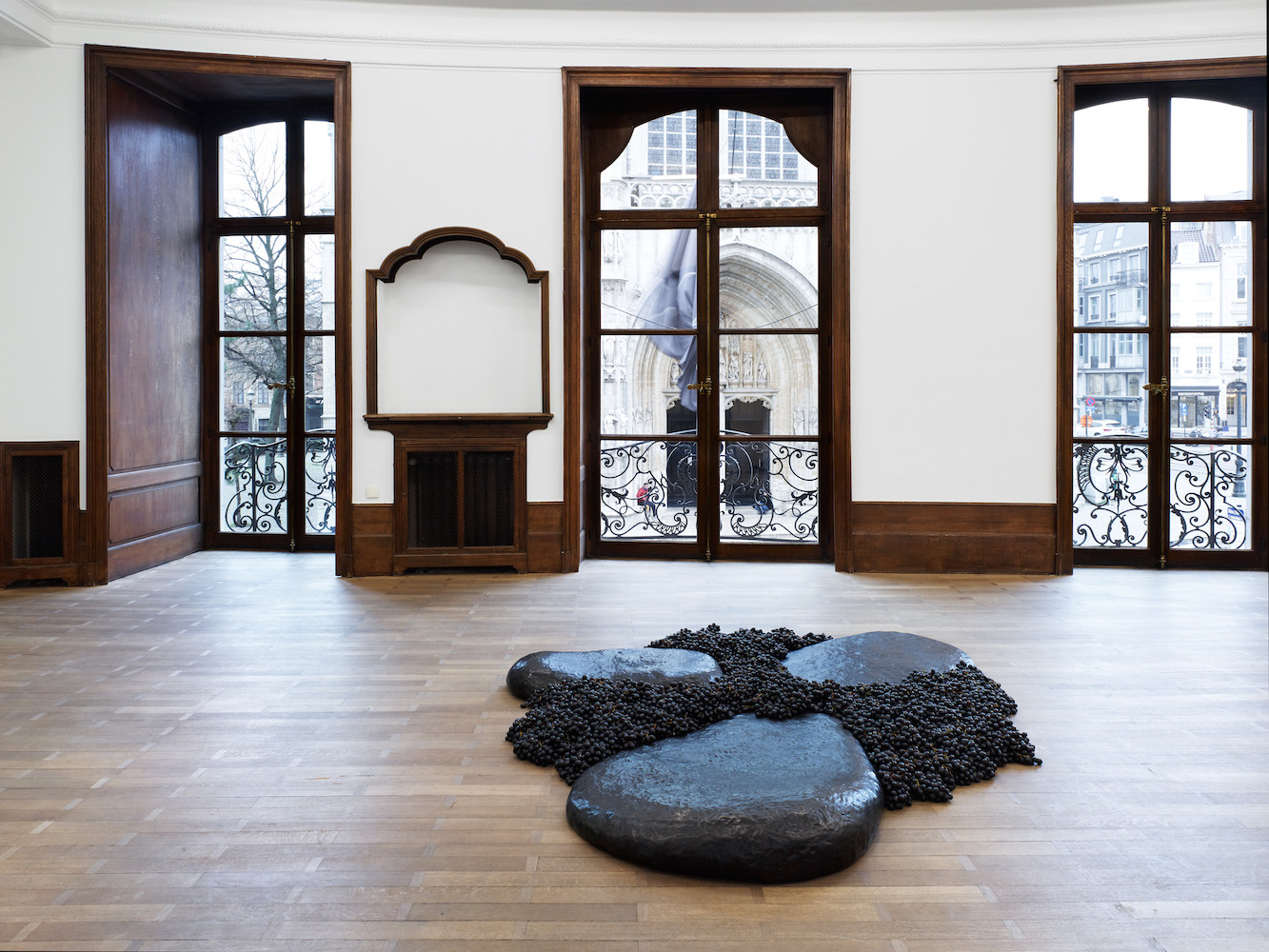
Solange Pessoa’s “In the Sun and the Shade,” 2019, at Mendes Wood DM, Brussels, Belgium. Images courtesy of Mendes Wood DM São Paulo, Brussels, New York. Photo by Kristien Daem.
WW: How did you engage with the cultural and natural landscape of West Texas to create some of the work on view at Ballroom Marfa?
SP: I have always had a desire for a greater perception of the desert, its metaphysical space. I had the opportunity to make this exhibition and to get to know the natural and archeological ambience of Texas and to feel with my body the minimalist scale of the works that are inserted there. I never realized my work was so feminine!









